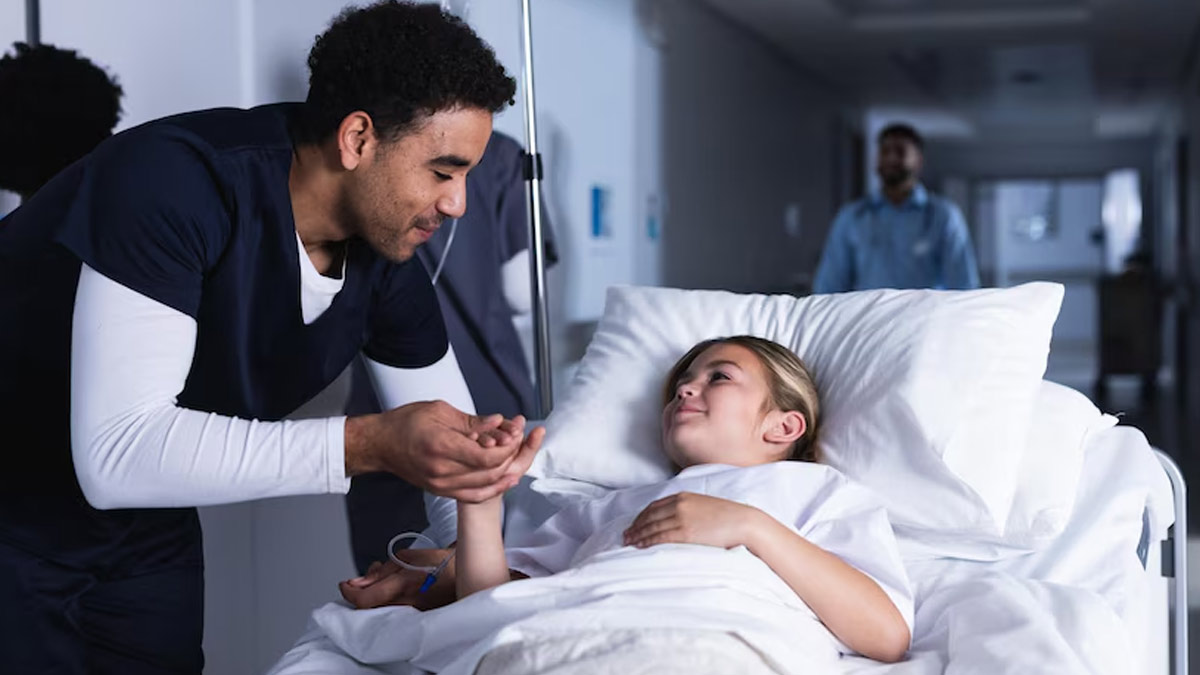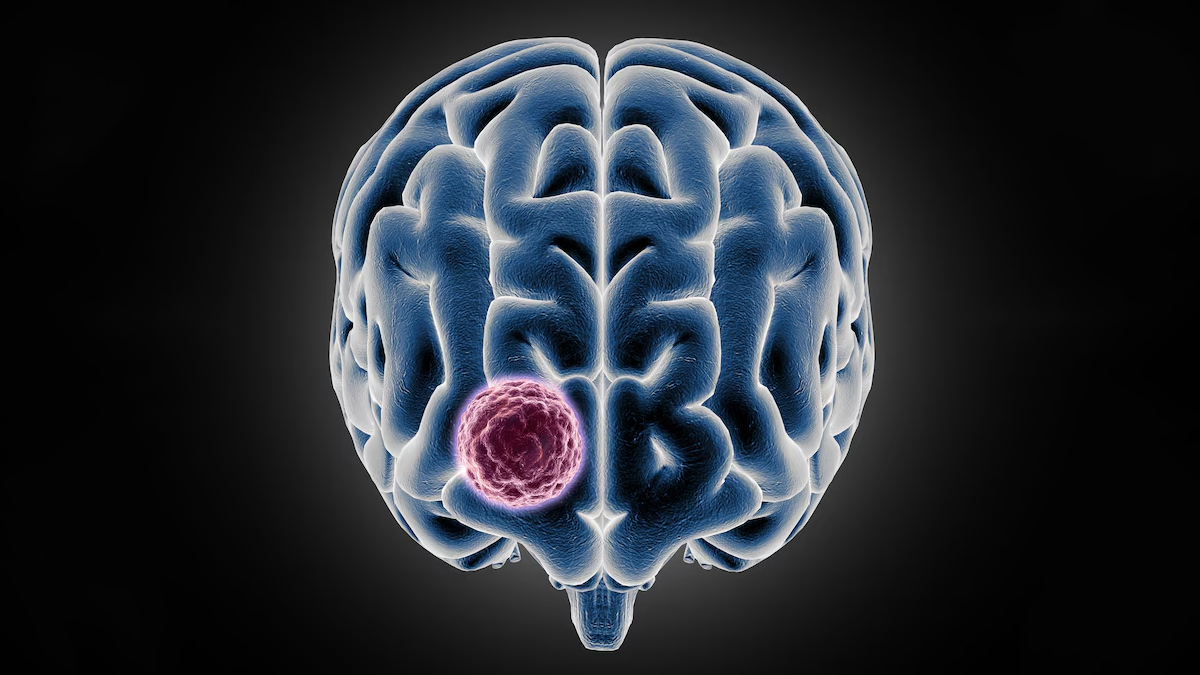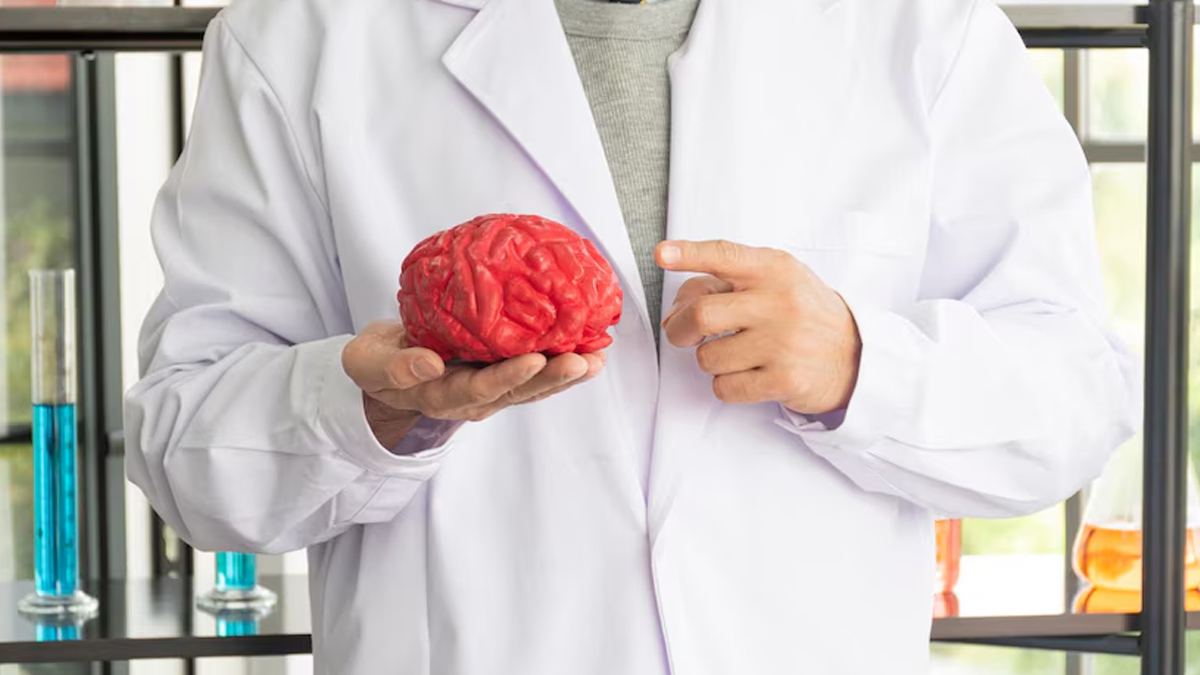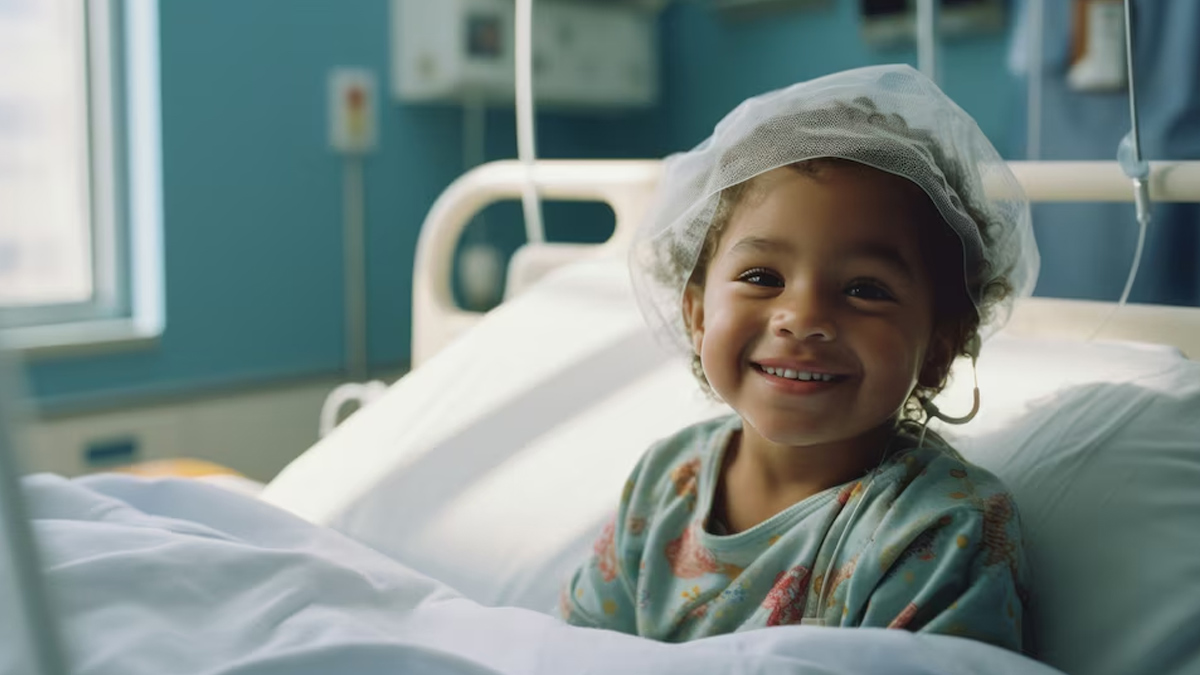
Paediatric brain tumours are abnormal growths of cells in the brain that occur in children. These tumours can be either benign (non-cancerous) or malignant (cancerous). They are the most common solid tumours in children and can occur in different parts of the brain, affecting various functions depending on their location.
Table of Content:-
To understand paediatric brain tumours in kids, OnlyMyHealth interacted with Dr. Aniruddh Jagannath - Pediatric Neurosurgeon Rainbow Children's Hospital Marathahalli, Bangalore.
“Paediatric brain tumours are the most common solid tumours in children and the second leading cause of cancer-related deaths in this age group. The incidence of these tumours varies among different countries, ranging from 1.15 to 5.14 cases per 100,000 children, with the highest rates reported in the United States,” Dr Jagannath said, adding, “Additionally, the incidence of congenital brain tumours (CBT) ranges from approximately 0.3 to 2.9 cases per 100,000 live births in different parts of the world (Childhood Brain tumour, National Library of Medicine) Advances in medical research and treatment have significantly improved survival rates over the past few decades, but the prognosis varies widely depending on the tumour type, location, and available treatment options.” Understanding these tumours, their symptoms, and the range of treatments available is crucial for providing the best possible care and improving outcomes for affected children.

Types of Pediatric Brain Tumours
According to Dr Jaggannath, paediatric brain tumours can be classified into several types. He said, “Astrocytomas are the most common, with various grades indicating their severity. Pilocytic astrocytoma (Grade I) is slow-growing and often benign, while Diffuse astrocytoma (Grade II) is slow-growing but can become malignant. Anaplastic astrocytoma (Grade III) is malignant and more aggressive, and Glioblastoma (Grade IV) is highly malignant and aggressive.”
Explaining further, he said, “Medulloblastomas are malignant tumours that originate in the cerebellum and are most common in children under 10 years old. Ependymomas, which can be benign or malignant, arise from the ependymal cells lining the ventricles or the central canal of the spinal cord. Brainstem gliomas, located in the brainstem, include the highly aggressive and difficult-to-treat Diffuse Intrinsic Pontine Gliomas (DIPG). Craniopharyngiomas are benign but can cause significant symptoms due to their proximity to critical brain structures. Germ cell tumours, which can be benign or malignant, originate from germ cells, often near the pituitary gland.”

Symptoms
Symptoms of paediatric brain tumours vary based on the tumour's location and size but generally include headaches, especially in the morning, nausea and vomiting, balance and coordination problems, vision or hearing changes, behavioural changes, seizures, and increased intracranial pressure. These symptoms can significantly affect a child's daily life and development, prompting the need for timely and accurate diagnosis.
Treatment Options
According to Dr Jagannath, treatment strategies depend on the tumour type, location, and child's age, and may include various approaches. Surgery is often the primary treatment for accessible tumours, aiming to remove as much of the tumour as possible, with complete resection leading to better outcomes, especially for benign tumours. “Radiation therapy and chemotherapy are frequently combined, with radiation targeting and killing cancer cells, particularly for malignant or inoperable tumours, and chemotherapy using drugs to kill cancer cells or stop their growth. This combination is especially common in treating medulloblastomas and other malignant tumours,” he said.

Also read: Brain Tumour: What Are The Most Common Signs Of It?
Paediatric brain tumours represent a significant challenge in paediatric oncology due to their varied types, symptoms, and treatment complexities. Despite advancements in medical research and treatment, the prognosis for affected children varies widely based on the tumour's type, location, and response to treatment. Early diagnosis, multidisciplinary treatment approaches, and comprehensive supportive care are crucial for improving outcomes and quality of life for these young patients. Continued research and clinical trials are essential for developing more effective treatments and ultimately enhancing survival rates and long-term health for children diagnosed with brain tumours.
Also watch this video
Read Next
Parenting In The Digital Age: Expert Explains How Smartphones Can Harm Your Kids’ Hearing Health
How we keep this article up to date:
We work with experts and keep a close eye on the latest in health and wellness. Whenever there is a new research or helpful information, we update our articles with accurate and useful advice.
Current Version
